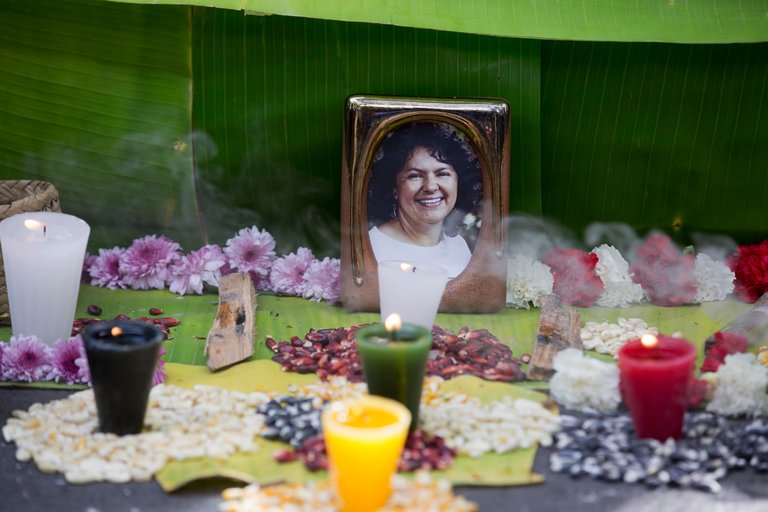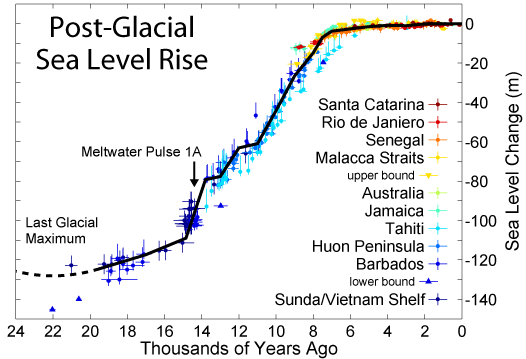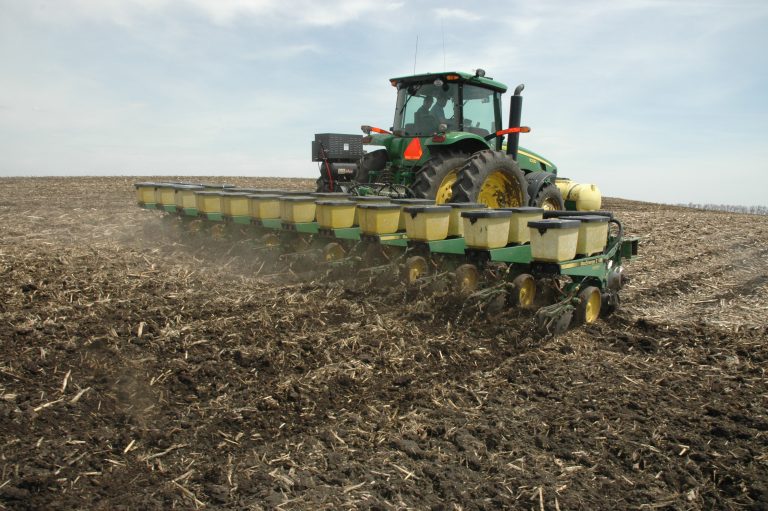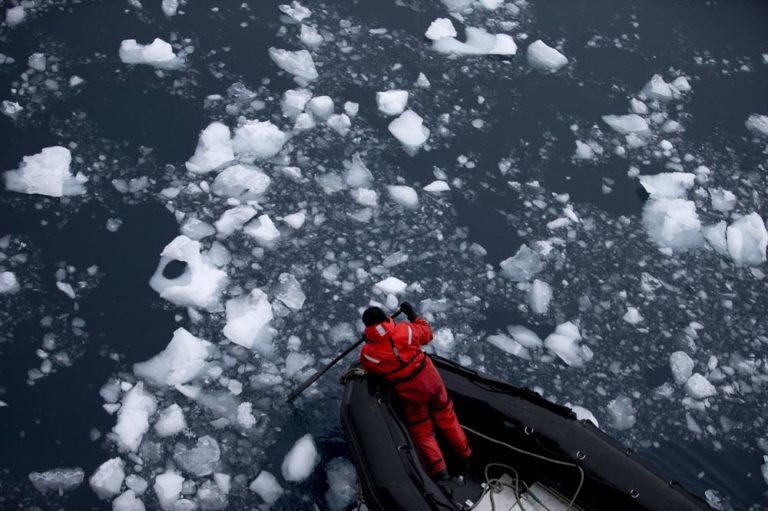By RACHEL NUWERJUNE 20, 2016
A picture of Berta Cáceres placed at an altar during a demonstration outside Honduras’ embassy in Mexico City on June 15. CreditEduardo Verdugo/Associated Press
On March 3, two armed men entered the home of Berta Cáceres, an environmental activist in Honduras, and shot her dead. For years, Ms. Cáceres had vigorously opposed the proposed Agua Zarca Dam, to be built on the land of an indigenous people, the Lenca.
Ms. Cáceres was one of 185 environmental activists killed in 16 countries last year, according to a new report published by Global Witness, a nonprofit organization dedicated to exposing environmental abuses. Those murders represent a 59 percent increase over the number murdered in 2014, according to the report, and the highest since Global Witness began compiling data in 2002.
“The environment has emerged as a new battleground for human rights,” said Billy Kyte, a campaign leader at Global Witness and the report’s author.
Brazil saw 50 activist murders in 2015, mostly tied to agricultural encroachment and illegal logging in the Amazon rain forest. The Philippines had 33 and Colombia 26. In both countries, some mining and agribusiness companies are backed by paramilitary groups, Mr. Kyte said.
Nearly 40 percent of the victims were from indigenous groups, reflecting an increased demand for natural resources — minerals, timber, land and hydropower — that are often found in remote areas, Mr. Kyte said.
Investors in the United States, European Union and China are tied to many of those projects, he added.
Global Witness is analyzing data on arrest and conviction rates, though the organization says that the vast majority of perpetrators escape justice.
Facing mounting international pressure, Honduran authorities in May arrested four men in connection with Ms. Cáceres’s murder. But Global Witness and other organizations continue to push for an independent investigation.
“We’re sure the masterminds behind Berta’s killing have yet to be charged,” Mr. Kyte said.






